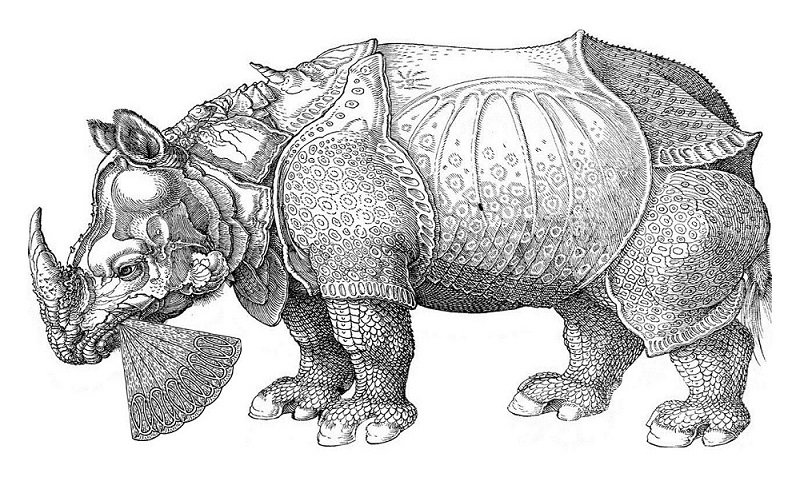ZEN IRODALOM ZEN LITERATURE
« Zen főoldal
« vissza a Terebess Online nyitólapjára
鹽官齊安 Yanguan Qian (750-842)
(Rōmaji:) Engan Saian
Tartalom |
Contents |
| Jen-kuan Csi-an mondásaiból Fordította: Terebess Gábor |
Encounter Dialogues of Yanguan Qi'an |
![]()
Encounter Dialogues of Yanguan Qi'an (750-843)
compiled by Satyavayu of Touching Earth Sangha
DOC: Treasury of the Forest of Ancestors
Master Yanguan Qi'an was from Haiting county in the modern province of Zhejiang. He grew up in a prominent wealthy family that had relations to the Tang royalty. Entering the monastic life in his youth at a local temple, he later received full ordination at Hengshan in Hunan. Soon after he traveled to Jiangxi where he first encountered Master Ma at Gonggong Mountain. He became a student of the master just before the master's move north, and then followed him to the new monastery in Hongzhou. Studying with the master for many years, he became one of Mazu's most senior disciples.
After the passing of Master Ma, Qi'an was invited to teach in several places, and he eventually settled in a monastery built for him in Yanguan (near Hangzhou in his native province). Helped, no doubt, by his family connections, he soon became a famous teacher and was visited by numerous scholars and dignitaries as well as training monks.
Once a scholar-priest came to visit Master Yanguan Qi'an. The master asked him, “What scriptures are your specialty?”
The scholar said, “I teach the 'Flower Garland Sutra'.”
The master asked, “According to this sutra, how many kinds of 'dharma realms' are there?”
The scholar said, “Broadly speaking, there are limitless dharma realms. But they can be reduced to four types.”
Then the master held up his whisk and said, “What dharma realm is this?”
The scholar was at a loss, and sat there silently figuring how to answer.
The master said, “Knowing through thinking, understanding through contemplating – it's all just making a living in a ghost cave. A single lamp, when put in the sunlight, loses all it's brightness.”
Master Yanguan had a younger dharma brother named Fachang who had gone to live deep in the forest on Great Plum Mountain. Once a monk told Master Yanguan the story of someone asking Fachang about the essential principle of the awakened way. Fachang had said, “There is no essential principle.”
Master Yanguan responded, “One coffin with two corpses.”
Yanguan had a rhinoceros-horn folding fan amongst the treasures at his temple. One day he said to his attendant, “Bring me the rhinoceros fan.”
The attendant said, “It's broken.”
The master responded, “If the fan is broken, then bring me the rhinoceros!”
Master Yanguan was once visited by a Japanese monk on a mission from the Empress Tachibana Kachiko of Japan. The monk asked Master Yanguan if he had a disciple he could send to Japan to instruct the Empress, who had become interested in Zen teaching after hearing about it from the monk Kukai, the founder of Japanese esoteric Buddhism (who had traveled in China). Master Yanguan sent his disciple Yikung, who thus became the first Zen teacher in Japan, and the Empress, who later became a nun, became the first Zen student. Yikung, however, eventually returned to China without establishing an enduring following in Japan.
Toward the end of Master Yanguan's long life, the Emperor Wuzong came to power and began to implement a persecution of Buddhist institutions and clergy. Probably because of Yanguan's high-placed connections, his monastery was relatively protected from destruction, and from the defrocking of monks that went on elsewhere. Li Chen, the expected future emperor, came to the safe haven of Yanguan's monastery to keep a low profile for a while during the politically turbulent times. Greatly impressed by the master, when he eventually ascended to the throne and became Emperor Xuanzong, he ended the persecutions and became a generous supporter of the monastic order.
![]()
Jen-kuan Csi-an (750?-842) összegyűjtött mondásaiból
Fordította: Terebess Gábor
Vö.: Folyik a híd, Officina Nova, Budapest, 1990, 23. oldal
Jen-kuan szólt egy szerzetesnek, hogy hozza oda az orrszarvúcsont legyezőjét.
– Eltört – mondta a szerzetes.
– Akkor hozd ide az orrszarvút! – mondta Jen-kuan.
A szerzetes nem válaszolt.

Az illusztráció Albrecht Ajtósi Dürer (1471-1528) Rinocérosza felhasználásával Terebess Pál munkája